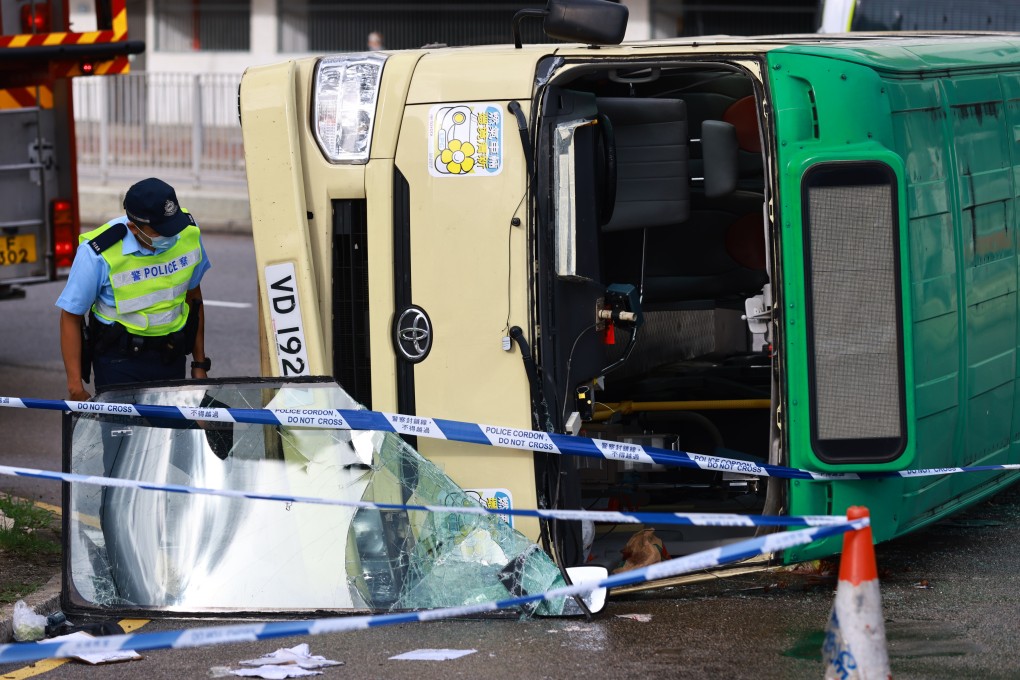Advertisement
Letters | Time for Hong Kong road safety to take a Swedish turn
- The deadly collision at Tai Chung Kiu Road once again raises questions about the split-phase traffic signal at the intersection
- Sweden’s Vision Zero initiative, which aims to design a system which accounts for human error with a focus on preventing fatal accidents, might be worth emulating
Reading Time:2 minutes
Why you can trust SCMP

The fatal crash at Tai Chung Kiu Road last week has sparked debate on whether the collision was due to signal confusion.
The intersection is controlled by split-phase traffic signals – a green-arrowed light signalling cars to turn even during a red light.
A similar accident occurred in 2010 at the same junction, prompting a special meeting by the Sha Tin District Council. One suggestion was cancelling the split-phase signal. Between January 2014 and September 2019, there were three other traffic incidents involving deaths along Tai Chung Kiu Road, prompting several members of the Legislative Council to express concerns over the split-phase signal’s design.
Advertisement
The Transport and Housing Bureau responded that the signal was effective in managing traffic flow and alleviating congestion. It maintained that the prior accidents concerned were mainly caused by driver contributory factors.
However, two days after this recent crash, a vehicle was seen on video at the same intersection accelerating forward during a red light after the split-phase signal turned green. Fortunately, this vehicle avoided collision.
With 1.5 million passenger trips daily on green minibuses alone in Hong Kong, there is no room for nuance on crowded roads. The split-phase signal affects instinctive driver cues. In a moment of inattention, a driver might assume that vehicles turning left means a green light, thus advancing when other vehicles to their left accelerate.
Advertisement
Advertisement
Select Voice
Choose your listening speed
Get through articles 2x faster
1.25x
250 WPM
Slow
Average
Fast
1.25x